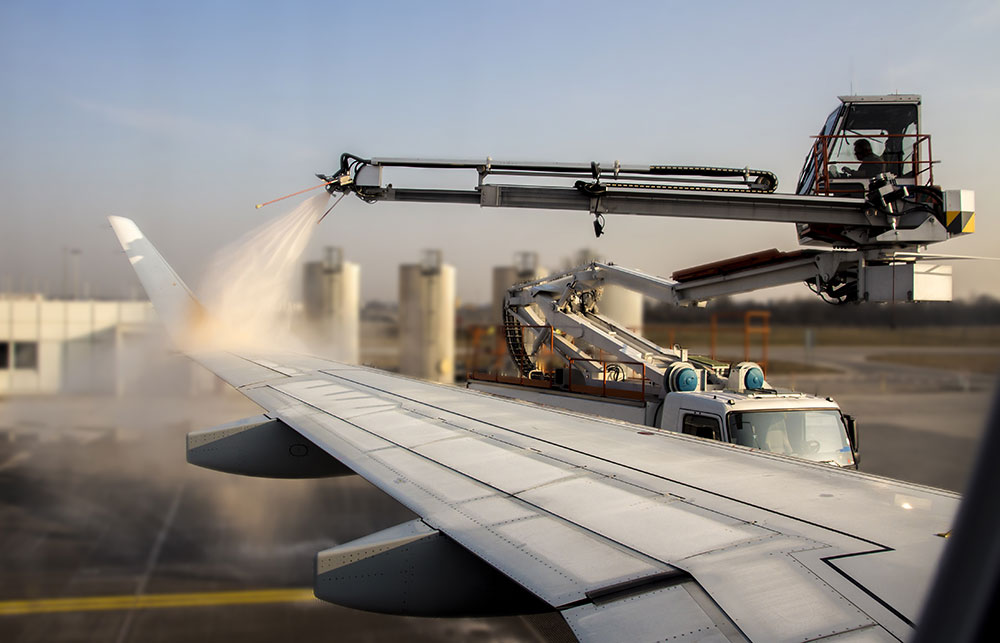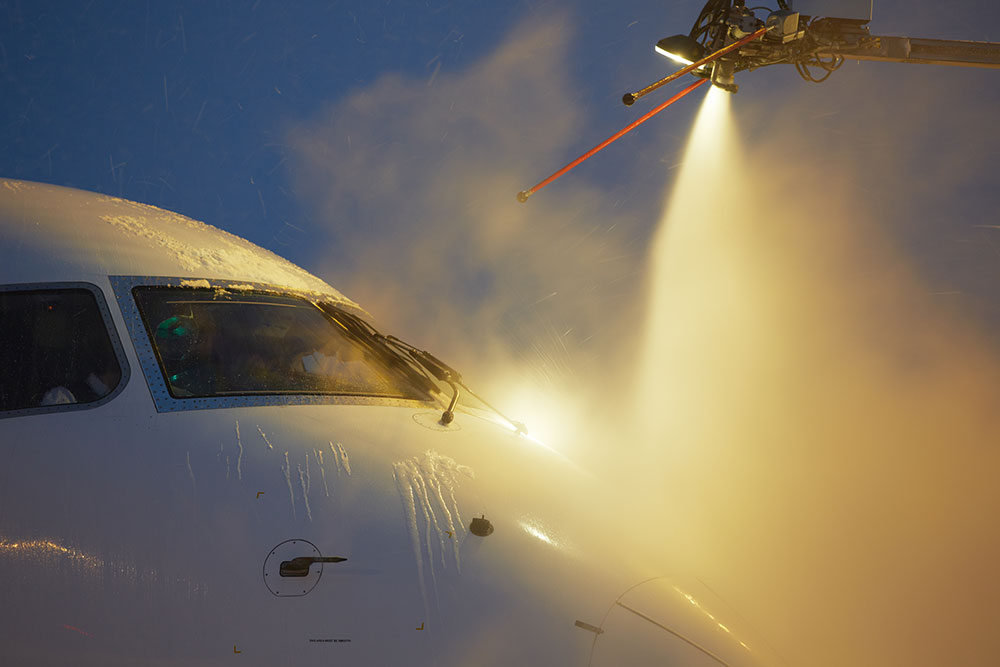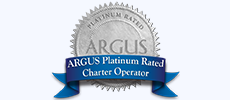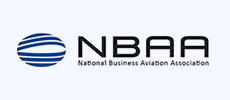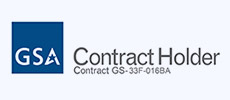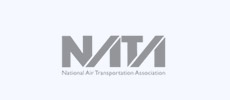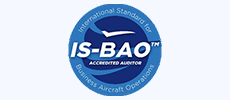Winter is here. With it comes thoughts of safety in winter weather, whether that is on a plane, train, or automobile. For those interested in flying via private jet, concerns over icing are certainly understandable. In fact, it is during these cold winter months that deicing a plane becomes critical for safe flights. These are a few facts you might want to know about deicing jets.
What is Deicing?
There are two main ways in which chemicals are used to control ice on jet aircraft. One is deicing, which seeks to remove snow, ice, and frost from the surface of an aircraft. The second is anti-icing which seeks to not only remove existing ice, snow, or frost, but also to prevent new ice from forming on or adhering to the surface of the jet.
It is important to follow proper safety procedures, like deicing, and to fly with private jet charter operations that make safety a priority for their passengers and their jet aircraft at all times of the year.
How is Deicing Performed?
Deicing efforts can be performed on the ground or in the air. Many private jet operators employ both methods in order to ensure continued safety during the flight.
There are many methods employed to remove ice from modern aircraft, including the following:
- Chemical
- Mechanical
- Electric Systems (heating elements on critical aircraft surface areas)
- Pneumatic Systems
Each one offers its own advantages, depending on the type of private jet.
Chemical efforts are widely employed to remove ice from private jet charter aircraft with the use of Type I fluids to remove snow and ice. The heated fluid (glycol) is sprayed widely over the aircraft and melts and gets rid of any ice or contaminants adhering to the critical aircraft surfaces. Type IV fluids are also used as anti-icing agents.
Most modern jets use hot air passing through the engines which is directed to anti-ice and de-ice systems to the wings, the tail, the engine inlet and other critical surfaces, to ensure that the aircraft performance is never compromised even in the most difficult weather conditions.
Private Jet Charter Costs for Deicing
Clients on private jet flights are normally responsible for the costs of deicing the plane prior to departure. This fee is calculated based on the specific chemicals (and amounts of chemicals) used to accomplish this procedure. This is the process called “deicing” that occurs on the ground performed by specialized personnel at the different airports, and approved by the aircraft operator.
Obviously there are many factors affecting the costs of deicing private jets in winter. Among those factors are the size of the plane, and the type of weather at the time if departure. Sometimes it takes several gallons of deicing fluid to remove all the contamination from the aircraft surfaces, making it a costly undertaking.
Another obvious factor affecting deicing is the destination of your flight. If you are heading south for the winter, for instance, you are far less likely to face a need for continuous deicing than if you are flying from Boston to Minneapolis in the midst of a major severe cold snap.
Your safety and the safety of our aircraft is a primary concern for Presidential Aviation at all times. Please call us with any questions or concerns you may have about deicing planes or to schedule your private jet charter flight today.

